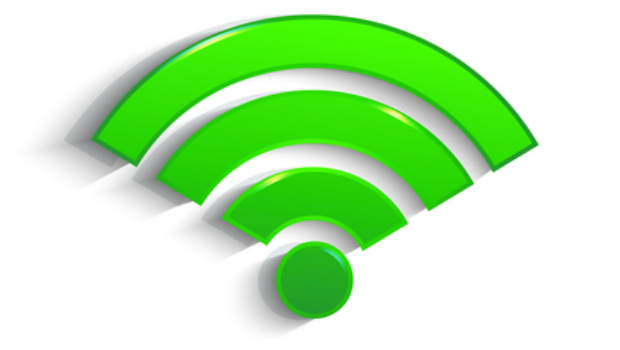Routers have their work cut out these days: every new gadget wants to get its internet connection via Wi-Fi. With smart home kit becoming more popular, including light bulbs, thermostats and security cameras, it’s not uncommon for your Internet connection to slow down and put a stop to your Netflix binge session.
You might not have to spend any money to fix this: there are ways to speed up Wi-Fi for free. However, if slow broadband or an old router is the culprit, you might need to consider upgrading your package and hardware. Check out our recommendations for the best routers to buy.
But first, try these tips.
strong>Move your router
We’ve seen it countless times: routers chucked underneath sofas or hidden in the corner. Sure, it’s understandable that you don’t want an ugly box ruining your immaculate lounge, but if you want good Wi-Fi you need to give your router some breathing space.The best place for it is in the middle of your home. For most people that’s impossible because your phone line or cable box sits on a wall at the front of your property. However, if you can, get an telephone extension cable and relocate the router so it’s roughly in the centre and as high off the floor as you can.
This will give it the best chance of delivering strong, fast Wi-Fi to all areas.
Banish interference
Wi-Fi can be flaky at the best of times, but you’re making it worse if you put cordless phones, microwaves, baby monitors and Bluetooth devices near it. Even some fairly lights will interfere with the signal and reduce speeds to a sluggish pace not seen since dial-up modems.
So keep the area around the router clear of other electronic devices, or face the consequences.
Use the fastest settings
Routers aren’t the most user-friendly things. You shouldn’t be expected to understand the difference between Wi-Fi standards and frequencies, but only the best routers will automatically give you the fastest-possible speeds without some manual intervention.
Essentially, the vast majority of Wi-Fi devices right now use the 802.11n standard but, confusingly, there are two frequencies it can use. If your router is ‘dual-band’ it can deliver Wi-Fi on 2.4GHz and 5GHz.
Since 2.4GHz is more common, yours and all your neighbours’ gadgets are probably fighting it out to share the available channels.
If your phone, tablet, laptop or other device is capable of connecting on 5GHz, switch to that instead. As long as you’re relatively close to your router, you’ll get a faster and more reliable connection.
Some routers broadcast two separate Wi-Fi networks so it’s easy to see which is which, but others (notably BT Home Hubs) combine them – you have to log in to the router to set it to show the two bands.
Upgrade the antennae
Some routers have aerials which can be unscrewed. If yours is like this you might be able to buy larger versions which have a higher gain. That means a faster, stronger Wi-Fi signal.
A cheaper method – which also helps if you can’t physically reposition your router – is to make a reflector that sits behind the router and bounces the signal back the other way.
Students at Dartmouth College successfully proved that a simple tin-foil reflector can effectively boost Wi-Fi coverage in the direction of the reflector. It also has a side benefit of limiting coverage behind it, so you don’t end up broadcasting into the road outside, or into your neighbours’ houses.
Reboot your router once in a while
It’s the computer expert’s standard reply, but have you tried turning it off and on again? This old trick cures a multitude of problems and you might just find that fast Wi-Fi is restored after a reboot.
One thing a reboot does is to kick every device off the network and force it to reconnect. It’s also worth setting a password that isn’t the default just in case anyone is leeching off your connection. With most modern routers secure out of the box, that’s pretty unlikely, but it’s always worth checking.
Upgrade your router
If you have an old model, it could well be time to buy something better. Wi-Fi technology has come a long way in the last few years and there are several options.
One is to replace the router with a newer model which uses 802.11ac (preferably get one that supports MU-MIMO for the best futureproofing).
They don’t all look like the mad Asus model above but will improve coverage as well as speed. Unfortunately, not a whole lot of devices apart from high-end phones, laptops and tablets support 802.11ac yet so will end up using the slower 802.11n standard, which all current routers support.
A better option could be to invest in a set of powerline adapters with built-in Wi-Fi, although this is appropriate only if you have a certain corner of your home – even a single room – which is currently a Wi-Fi black spot.
More expensive, but also more effective, is to invest in a mesh Wi-Fi system. These kits contain multiple routers which talk to each other and spread consistently fast Wi-Fi across even the biggest homes.
IDG News Service








Subscribers 0
Fans 0
Followers 0
Followers